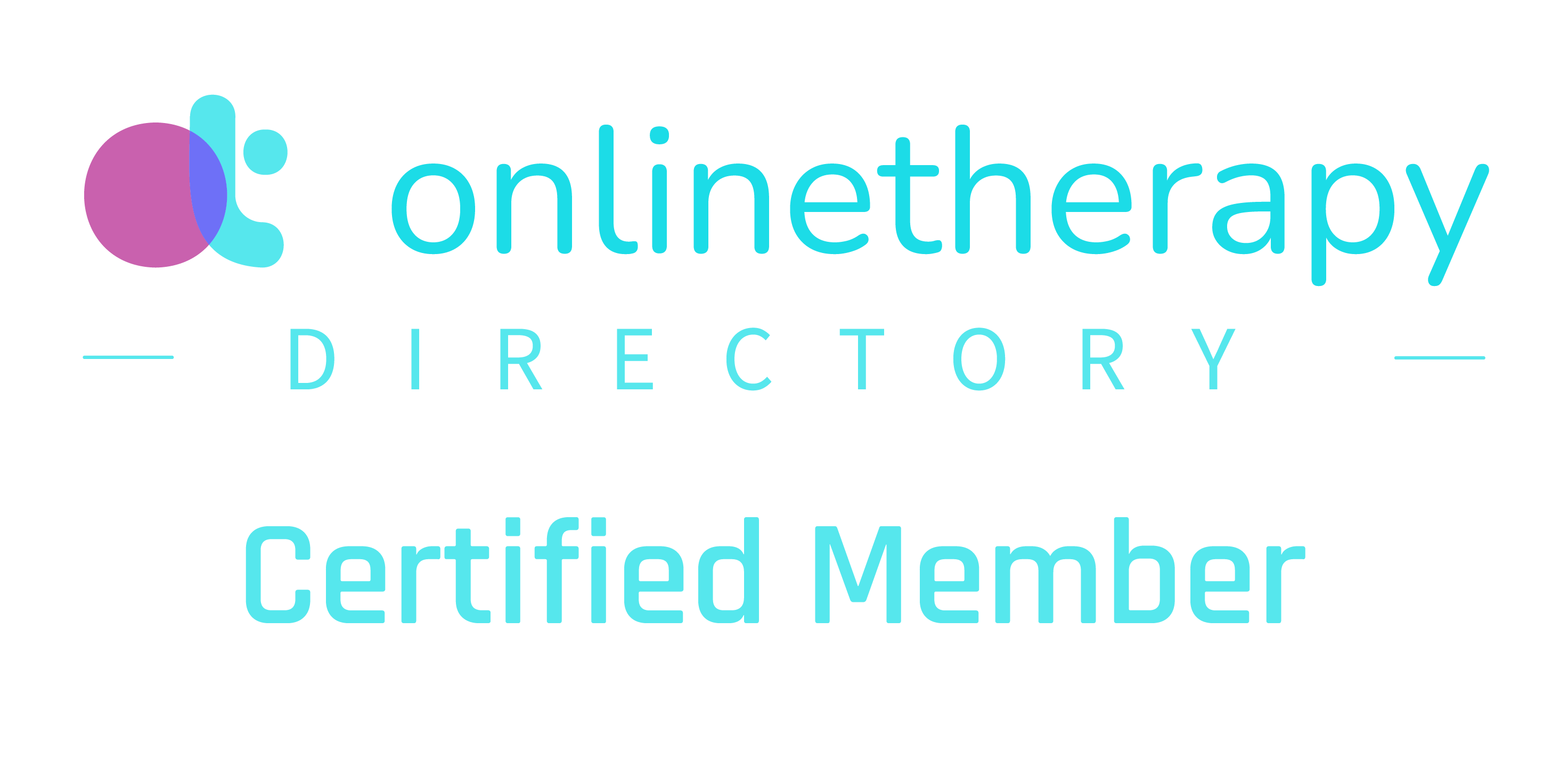Although it’s a relatively new therapeutic model, the effectiveness of Compassion Focused Therapy (CFT) and the usefulness of the 3 Systems of CFT for Mood Management has quickly become apparent to mental health practitioners worldwide.
It draws upon several sources, including evolutionary and developmental psychology and neuroscience. CFT also provides a practical and holistic way to understand what drives your moods and emotions.
Simply put, it helps you understand what you can do to shift your mood when needed and how to manage moods better in the first place. To better understand CFT keep reading to learn about the fundamentals behind it.
CFT 3 Systems Formulation for Mood Management
At the core of CFT are the three systems formulation for mood management. These are often referred to as the drive, threat, and soothing systems. The founder of CFT, Paul Gilbert, conceptualized human behavior and emotions as operating within these three systems, and the fact that they are designed to balance each other out.
We need all three systems to help us function and navigate our complicated lives.
As you can imagine, though, they often fall out of balance. One system will take over at the expense of the other systems. When this happens, we often run into emotional dysregulation. We struggle with depression, anxiety, isolation, relationship problems, and get stuck in patterns we don’t like.
Fortunately, we can learn to pay attention to these systems. As our understanding of them grows, we can take proactive steps to get back into balance. We also find new insight that helps pieces of the larger puzzle fall together.
CFT Threat System
The threat-protection system lives in the oldest part of the human brain. It evolved in order to keep early humans safe from the many sources of harm they had to live with. As such, this system spurs you into action without you even having to think about it.
In fact, the threat system is responsible for the fight, flight, or freeze response. It’s how our brain tries to protect us. It helps us react quickly for our safety. Think about the surge of fear you might experience if another car nearly hits you on the road, or phycial and emotional response you might have on a flight that is extra turbulent.
Unfortunately, though, sometimes we get stuck in the threat system even after a threat has passed. This is something you can see play out in anxiety disorders.
CFT Drive System
Humans also need the drive-excitement system to survive. This system is driven by the dopamine hormone, which provides feelings of pleasure when we receive something we need or want. It motivates us to work, provide for our families, and seek rewards. When the drive system is out of balance, though, we may spend too much time pursuing money or turn into compulsive spenders.
This urge to obtain money, status, or other things can turn into a high. And this drive system can overtake the other systems while affecting our relationships and our health.
CFT Soothing System
You probably won’t be surprised to find out that the soothing system is often the one that modern humans are weakest in. We tend to get caught in the drive and threat systems. The soothing system is driven by oxytocin, a hormone that nurtures relationships and contentment. You can see this at work when parents comfort their infants or when friends encourage each other after a loss.
We can learn how to nurture and tap into this system, however, when it’s out of balance. This is a large part of what we focus on in CFT sessions. More importantly, you can build mindfulness skills to provide yourself with the same compassion you get from other people.
***
It’s important to know that it’s not your fault when these systems fall out of balance. After all, your brain (my brain and all human brains) developed this way through many millennia, and circumstances out of your control contribute to these imbalances.
Likewise, none of the systems are more important than the others. They’re all necessary for a balanced emotional state, and it’s entirely possible to learn how to achieve this balance. Click to learn more about Compassion Focused Therapy or Online CFT.
I’m a Licensed Mental Health Counselor in Hawaii and an Accredited CBT Therapist and Registered Counsellor in the UK. If you’d like to learn more about how to manage your mood with the CFT 3 Systems please contact me at my Honolulu clinic or my London clinic. to set up a Test Drive session.



